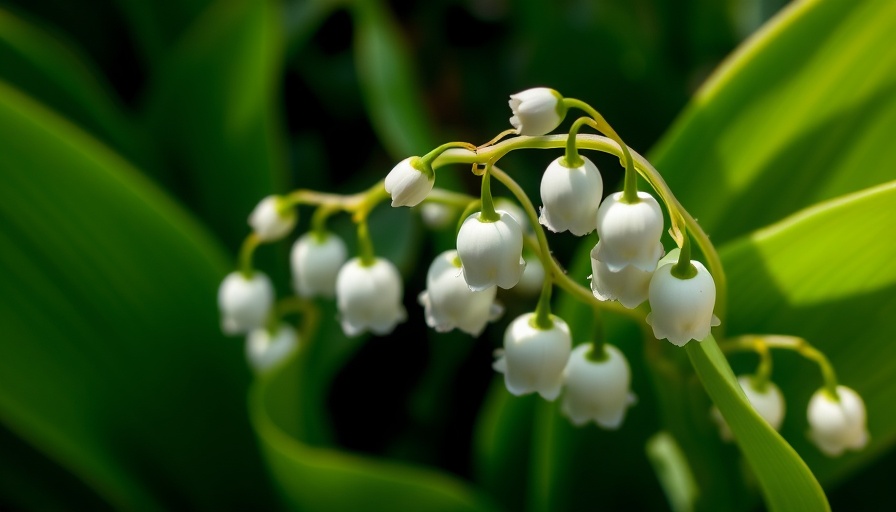
Discover the Enduring Charm of Lily of the Valley
Lily of the Valley (Convallaria majalis) captivates gardeners with its delicate, bell-shaped flowers that grace the spring landscape. While these blooms may appear fragile, their beauty belies a resilience that earns them a prominent place in gardens across the globe. These plants thrive in challenging conditions, are remarkably pest-resistant, and spread with unyielding determination, making them both admired and daunting for landscape designers.
Understanding Varieties: Beyond the Basics
While most gardeners are familiar with the classic species, the wide-ranging varieties of lily of the valley deserve attention. Specialty nurseries offer a variety of cultivars that can add unique character to your garden design. Here, we’ll explore 19 fascinating variations, each with distinct characteristics that can elevate any floral display or garden project.
The Unique Attributes of 19 Lily of the Valley Varieties
- Albomarginata: Features striking green leaves bordered in white, maintaining the same beautiful blooms as the species.
- Albostriata: A stunning variety with dark green leaves showcasing pale stripes that offer a sophisticated texture without aggressive spreading.
- Berlin Giant: As the name implies, this variety towers over the species, growing over a foot tall, making it an excellent choice for dramatic garden accents.
- With each cultivar offering something different, exploring varieties like Bordeaux, Bridal Choice, and Fernwood’s Golden Slippers will surely inspire your next gardening project.
Gardening Tips for Healthy Growth
Lily of the valley is often celebrated for its low maintenance needs, but providing the right care is crucial for these perennial plants. Here are some gardening tips to ensure your lily of the valley flourishes:
- Soil Quality: These plants prefer rich, well-draining soil, making compost a valuable addition to promote healthy growth.
- Sunlight Requirements: While they thrive in partial shade, a touch of early morning sun can enhance flower production.
- Watering Techniques: Regular watering, especially during dry spells, will protect against stress and promote vibrant blooms.
Crafting the Perfect Landscape Design
Lily of the valley can play a significant role in a well-designed garden. Their charming blooms and lush foliage can complement a variety of landscaping ideas:
- Garden Borders: Use lily of the valley to create natural borders that define pathways or flower beds.
- Pollinator-Friendly Gardens: While not particularly attractive to pollinators, these plants can serve as a foundation for attracting more beneficial insects with the right companion plants.
- Shaded Areas: Transform shaded space into stunning displays by grouping these lilies with other shade-loving flowers.
Handling the Invasive Nature of Lily of the Valley
Gardeners be warned: while lily of the valley boasts many attributes, its proclivity to spread aggressively can lead it to become invasive. Therefore, careful planning is essential:
- Containment Strategies: Use garden edging or raised beds to control their spread and keep them from encroaching on neighboring plants.
- Regular Maintenance: Periodic pruning can keep the growth in check and promote healthier plants.
Conclusion: Embrace This Resilient Green Gem
Incorporating lily of the valley into your garden design not only adds breathtaking beauty but also showcases your commitment to resilient plant choices. Whether you choose traditional varieties or more unique cultivars, these plants can offer lasting joy and delightful fragrance to your outdoor space.
For more gardening tips and design ideas, delve into the wonderful world of sustainable gardening practices and make your home a greener place!
 Add Row
Add Row  Add
Add 




Write A Comment